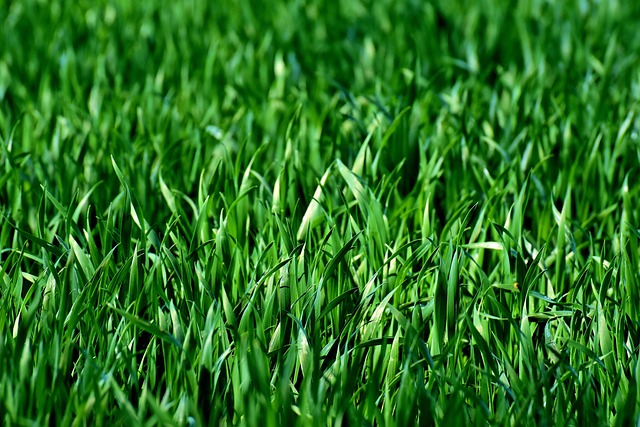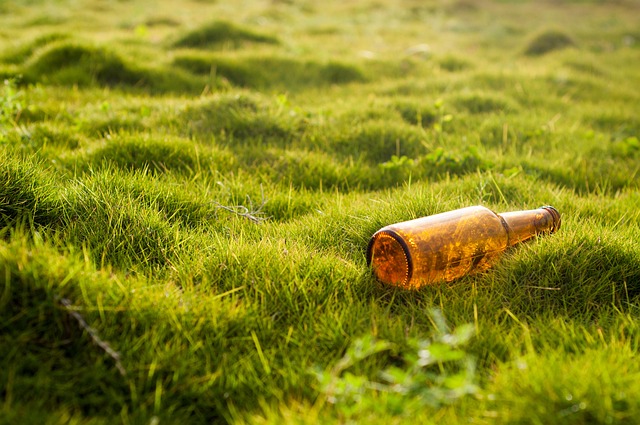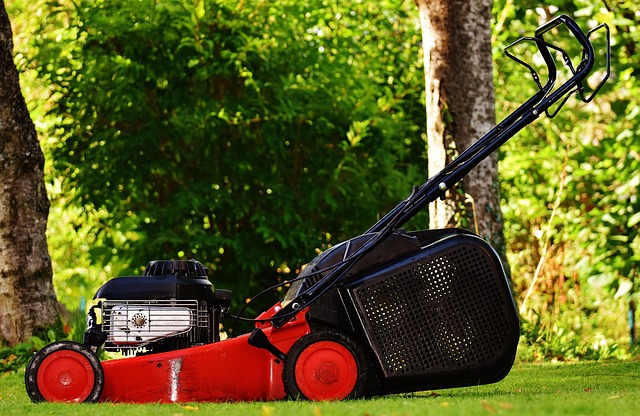Industrial weed control along pipelines near Centennial presents challenges requiring tailored strategies balancing environmental, safety, and regulatory concerns. Organic methods like bio-herbicides and competitive plant species offer effective alternatives to harsh chemicals, promoting healthier turfgrass growth. Maintaining healthy lawns involves preparing soil, sowing seeds at the right depth, watering regularly, applying mulch, and preventing invasive weeds for robust seedling development.
In the realm of lawn plant seeding, particularly around sensitive areas like Centennial pipelines, understanding industrial weed control challenges is paramount. This article delves into the intricacies of navigating these hurdles, exploring non-chemical enhancement methods for optimal seedling growth. From best practices for protecting seedlings to strategies for managing weeds near pipelines, we offer a comprehensive guide designed to revolutionize lawn maintenance in today’s digital era.
- Understanding Industrial Weed Control Challenges Near Pipelines
- Exploring Non-Chemical Seeding Enhancement Methods
- Best Practices for Effective Seedling Protection and Growth
Understanding Industrial Weed Control Challenges Near Pipelines

Maintaining a clear, weed-free buffer zone around pipelines in urban or suburban areas presents unique challenges for industrial operations. In locations like Centennial, where infrastructure is often tightly integrated with residential and commercial landscapes, effective industrial weed control must balance environmental considerations with safety and regulatory compliance.
One of the primary hurdles is accessing and treating hard-to-reach areas along pipeline rights-of-way. Weeds can thrive in these narrow spaces, developing deep root systems that are resistant to traditional control methods. Additionally, close proximity to sensitive ecosystems or water bodies requires careful application of herbicides to prevent environmental contamination. Centennial’s diverse landscape demands tailored strategies that account for soil types, surrounding vegetation, and potential impact on local wildlife.
Exploring Non-Chemical Seeding Enhancement Methods

Many homeowners and landscape professionals are turning away from chemical-based solutions, exploring non-chemical seeding enhancement methods instead. This shift is particularly notable in industrial settings, such as weed control along pipelines near Centennial, where environmental sustainability and safety are paramount. Natural alternatives like organic pesticides, bio-herbicides, and competitive plant species offer effective ways to manage weeds without resorting to harsh chemicals.
By employing these non-chemical methods, it’s possible to achieve healthier and more robust turfgrass growth. For instance, using specific plant varieties known for their weed-suppressive properties can create a natural barrier against invasive plants. Additionally, incorporating beneficial microorganisms into the soil can enhance nutrient uptake and root development, making grass more resilient and competitive against weeds. These eco-friendly strategies not only contribute to a cleaner environment but also provide long-term solutions for maintaining lush and weed-free lawns.
Best Practices for Effective Seedling Protection and Growth

Maintaining a healthy lawn from seedling stage is paramount for any landscaping project, especially in areas like Centennial where industrial weed control along pipelines is essential. To ensure robust growth, start by preparing the soil meticulously; this involves removing weeds and debris, loosening compacted soil, and adding organic matter to improve drainage and fertility. Sowing seeds evenly and at the recommended depth is crucial for optimal germination.
Regular watering is vital during the early stages, keeping the soil moist but not waterlogged. Applying a protective layer of mulch around the seedlings can help retain moisture, suppress weeds, and regulate temperature fluctuations. Additionally, implementing an effective industrial weed control strategy near pipelines is necessary to prevent invasive species from competing with young grass for resources. This includes regular monitoring and targeted herbicide applications to ensure a clear, unobstructed growth environment for your lawn seeds.
By understanding the unique challenges of industrial weed control in proximity to pipelines near Centennial and exploring alternative, non-chemical seeding enhancement methods, we can foster healthier lawn growth. Adhering to best practices for seedling protection ensures robust and sustainable results. These strategies not only enhance lawn aesthetics but also contribute to pipeline safety and environmental preservation.
